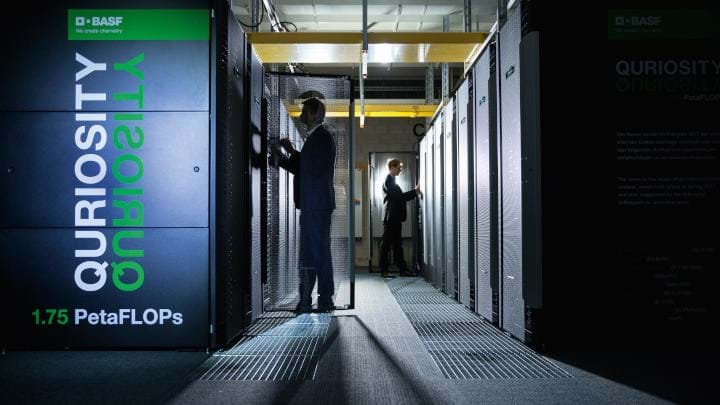BASF lends supercomputer to fight against Covid-19

BASF has been using its supercomputer to help identify molecules that might help in the fight against the coronavirus pandemic.
“We do not develop active pharmaceutical ingredients, but BASF has more than 150 years of experience in researching substances. This means we have the knowledge and large substance libraries with a wide variety of active ingredients,” said Peter Eckes, President Bioscience Research at BASF.
The chemicals firm has taken three approaches to help researchers identify promising molecules. The first involved BASF researchers searching the company’s substance library, which identified 150 promising candidates. BASF is making these available to academic groups free of charge and without patent claims.
In the second approach, chemists from BASF’s computational chemistry unit joined a collaborative project called the PostEra’s Covid-19 Moonshot to design new molecules to inhibit the virus. Using the company’s supercomputer Quriosity they simulated molecules and found 20 candidates that have the right shape. These have also been handed over free of charge.
“With these computer-simulated molecules, however, we do not always know if and how well they can be synthesised,” explained Klaus-Jürgen Schleifer, Head of Computational Chemistry in the Digital Bioscience research division at BASF.
So the team is using its supercomputer again to help test the 1.2bn compounds that could in principle by synthesised by a contract manufacturer. BASF says it will make the results public through the Moonshot project.
Recent Editions
Catch up on the latest news, views and jobs from The Chemical Engineer. Below are the four latest issues. View a wider selection of the archive from within the Magazine section of this site.




